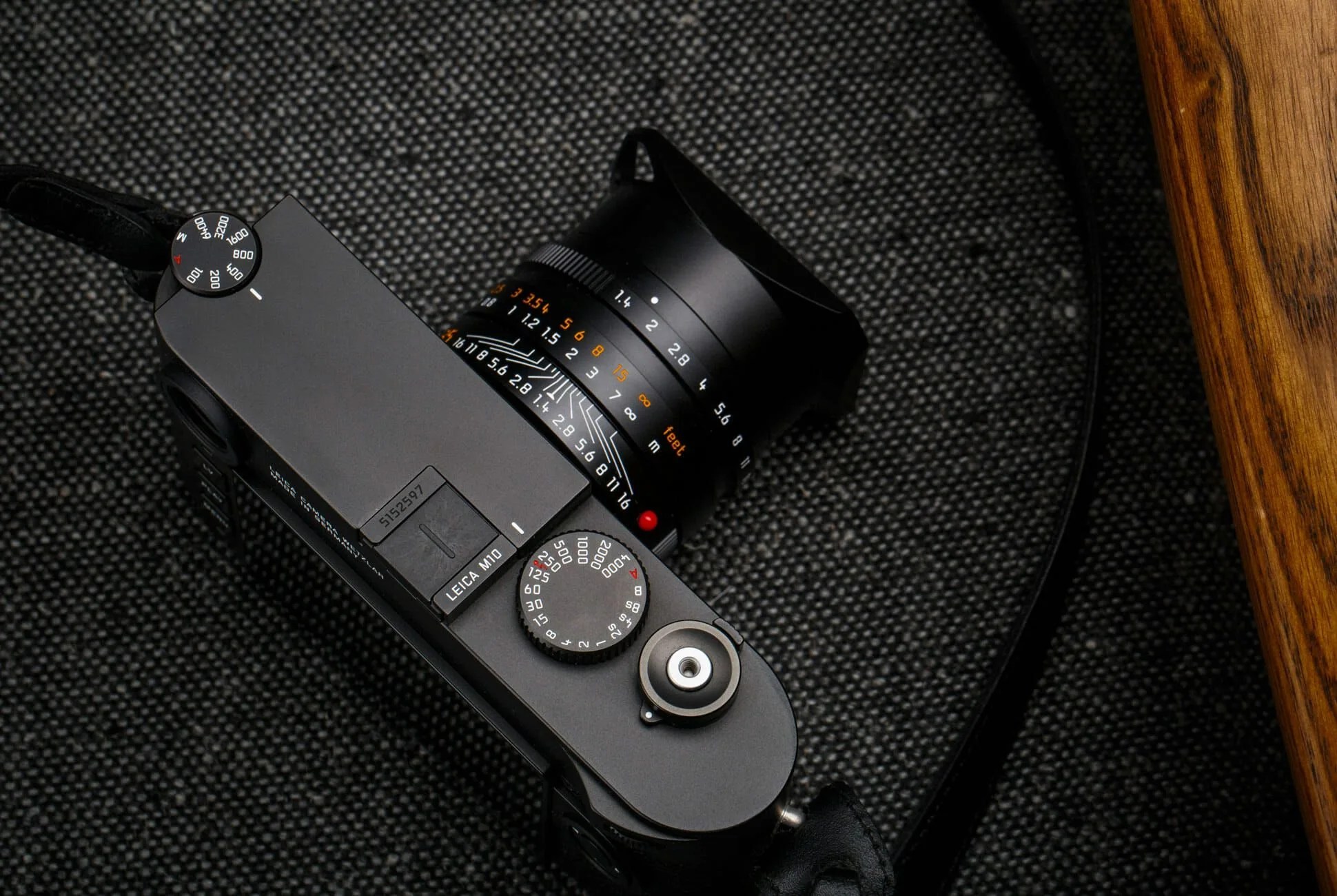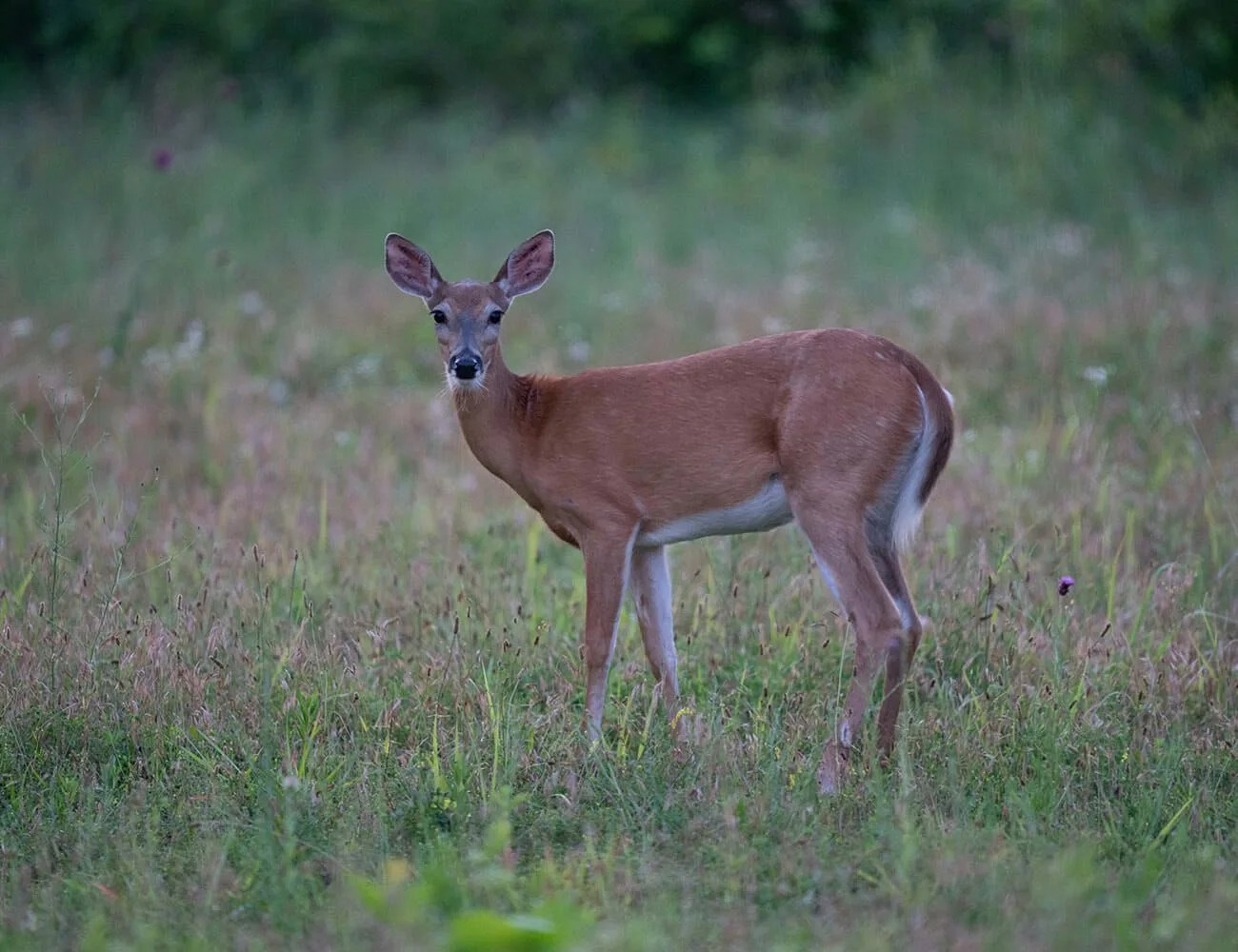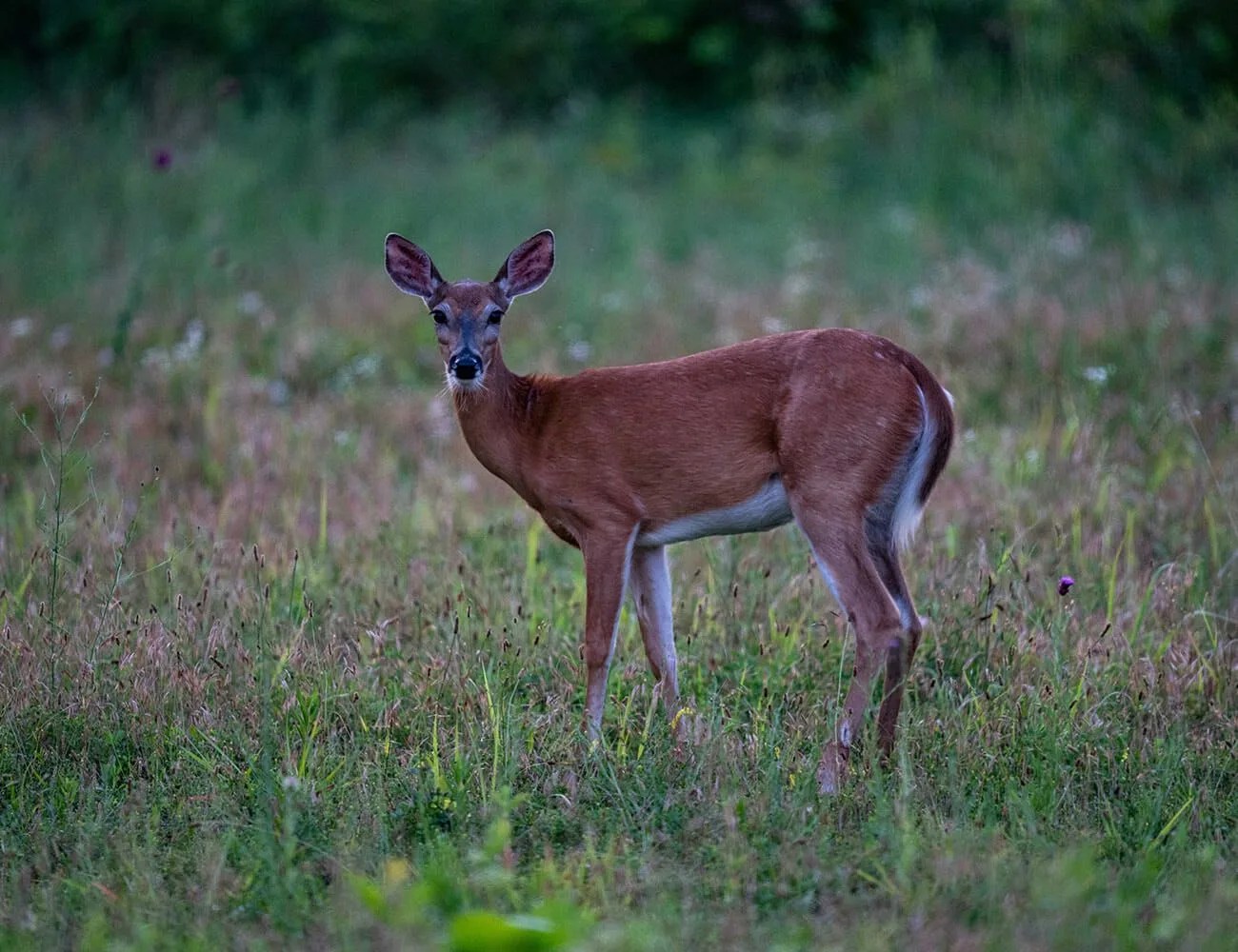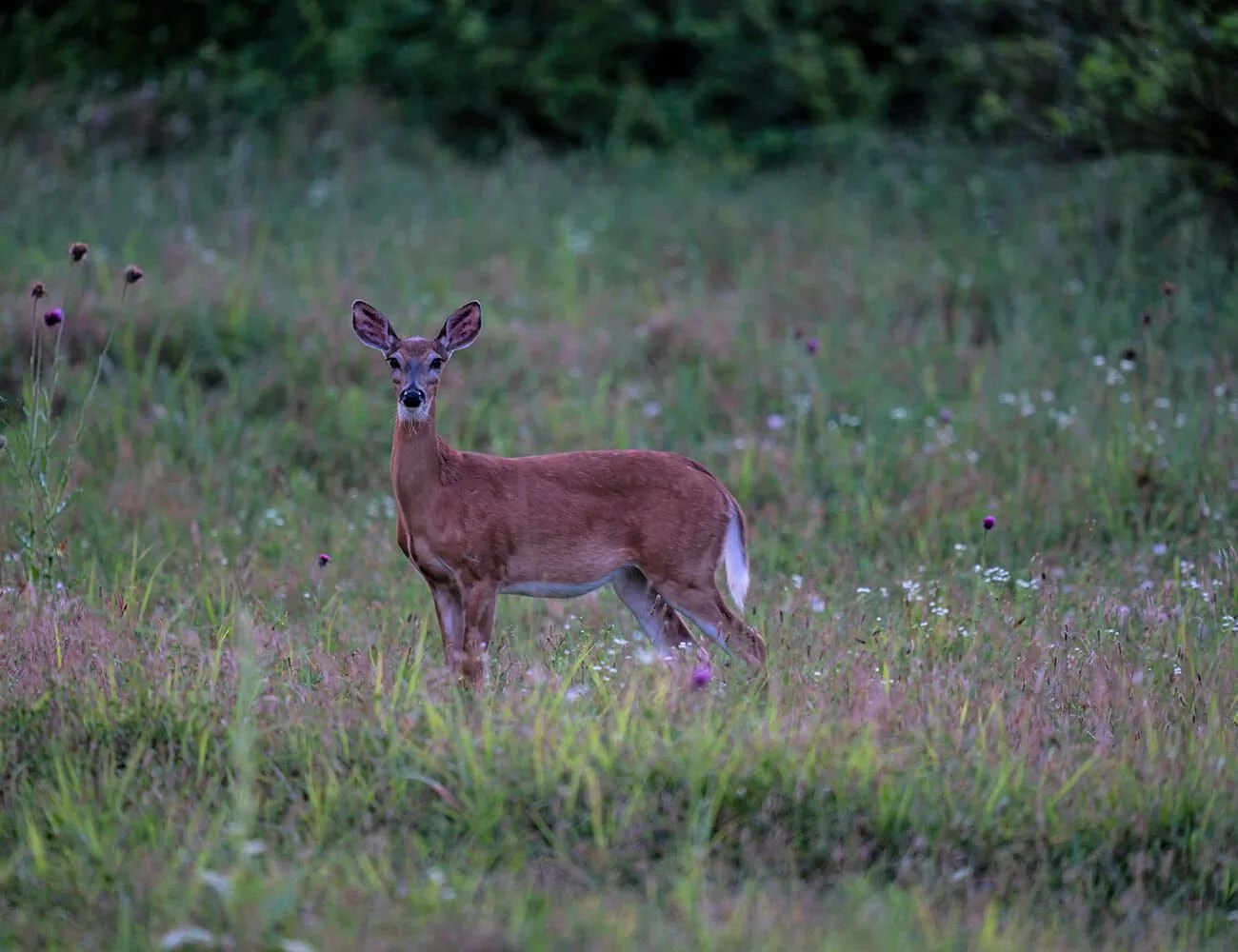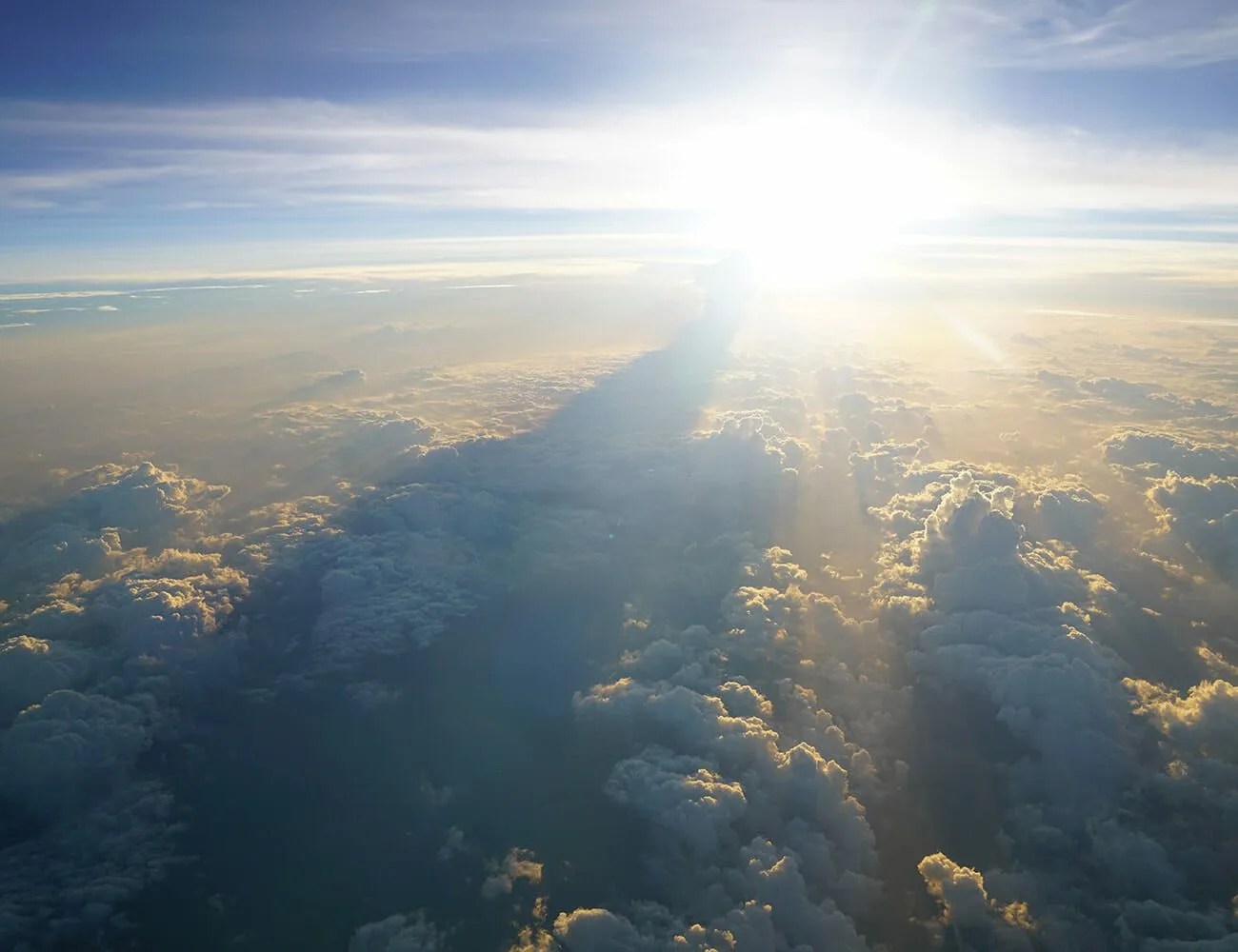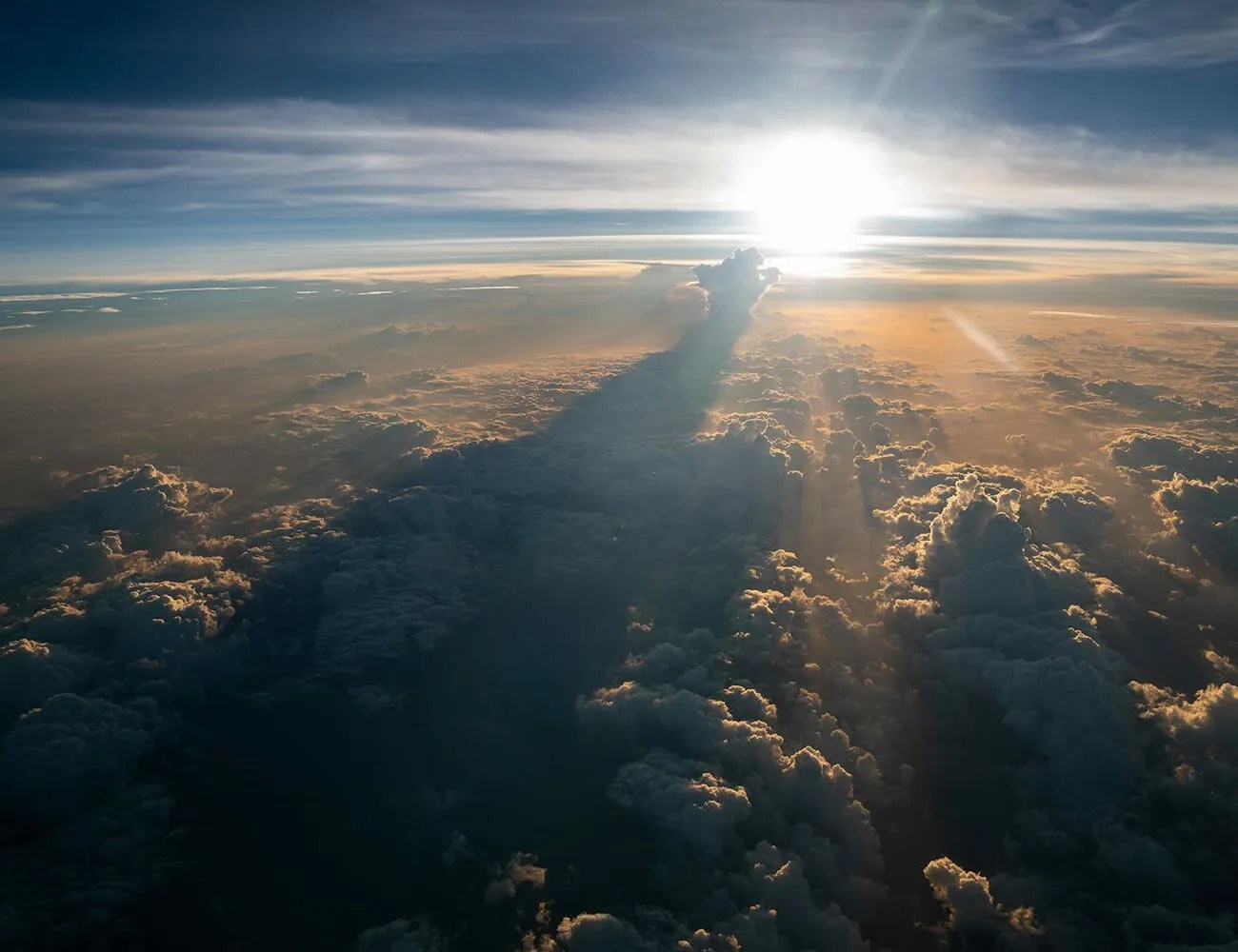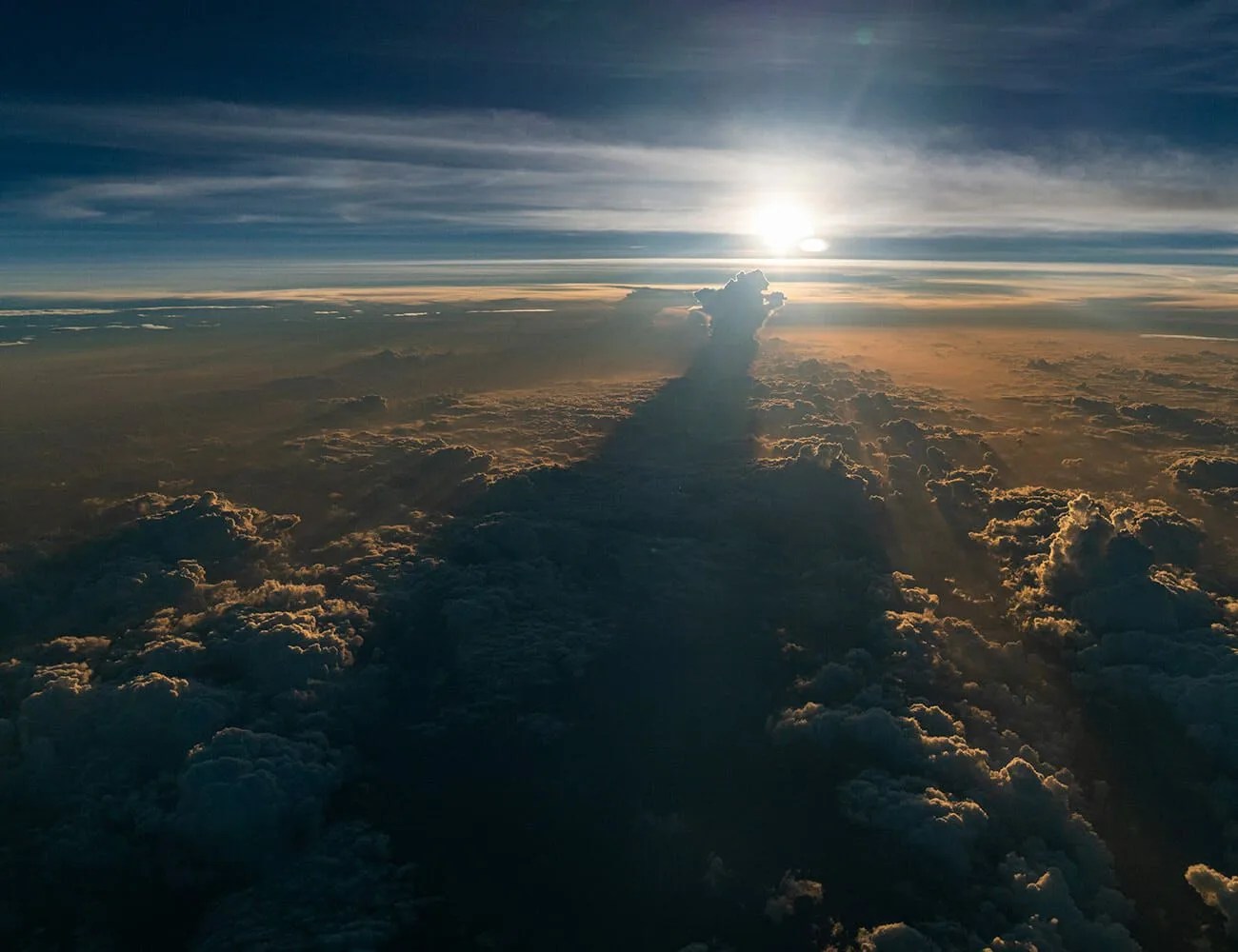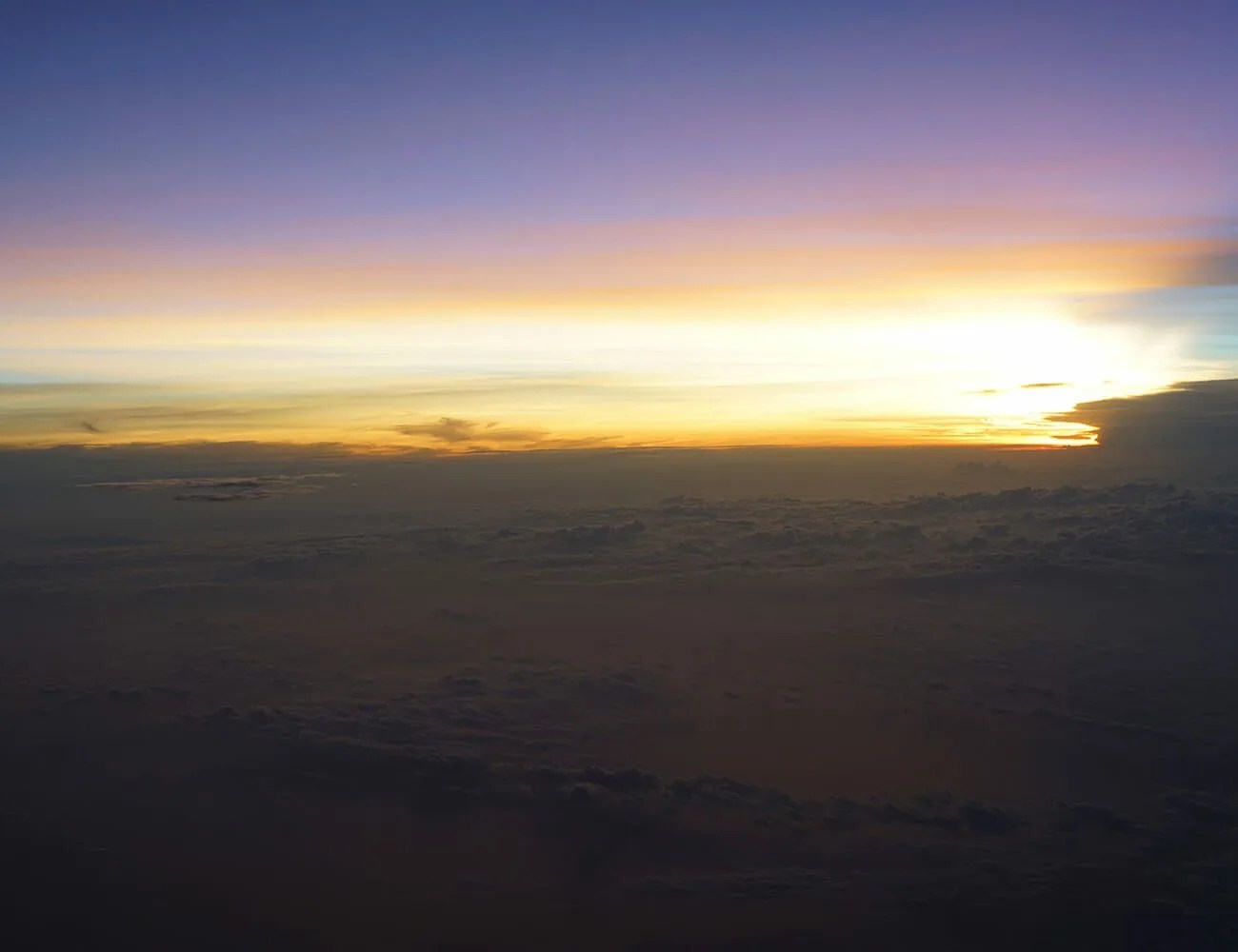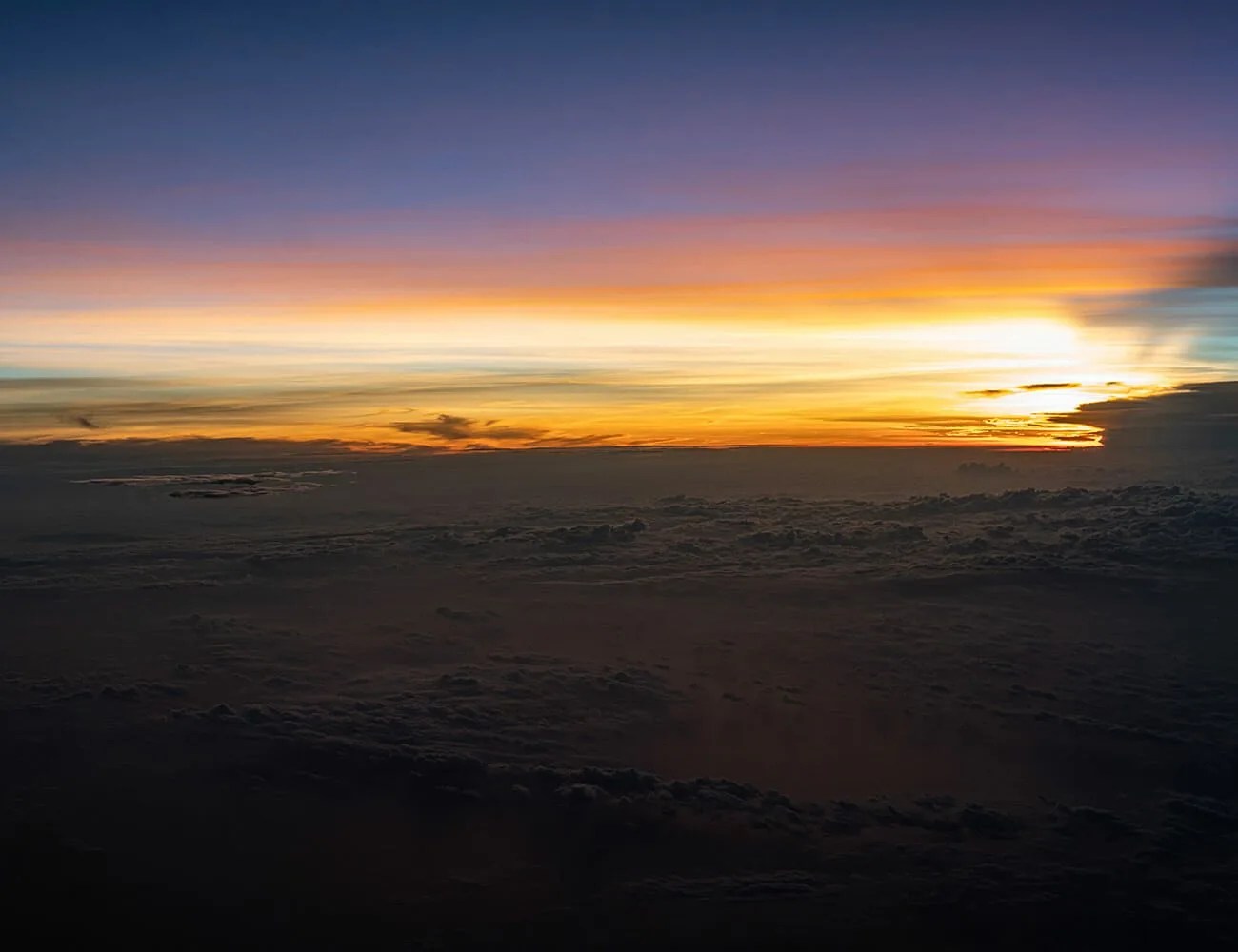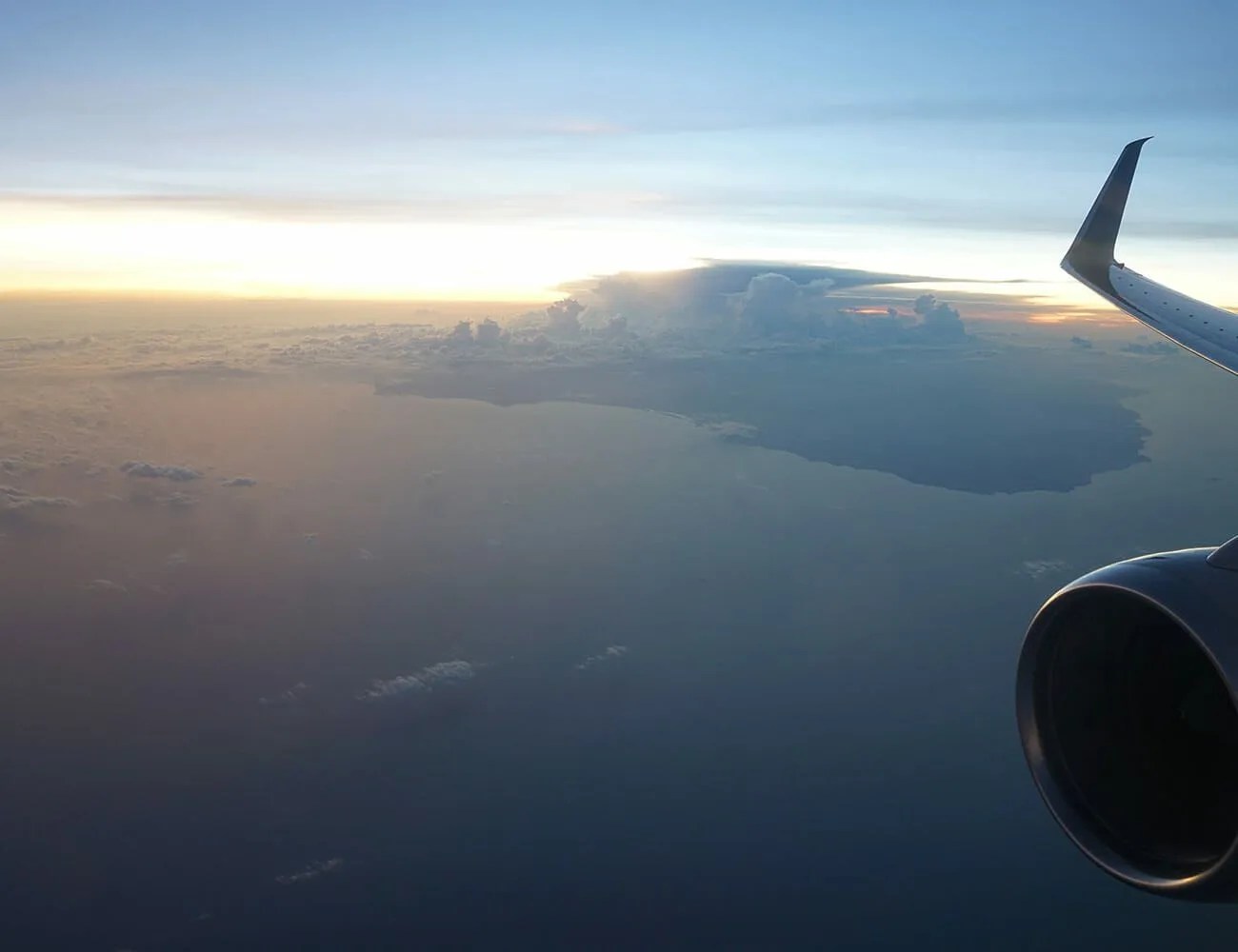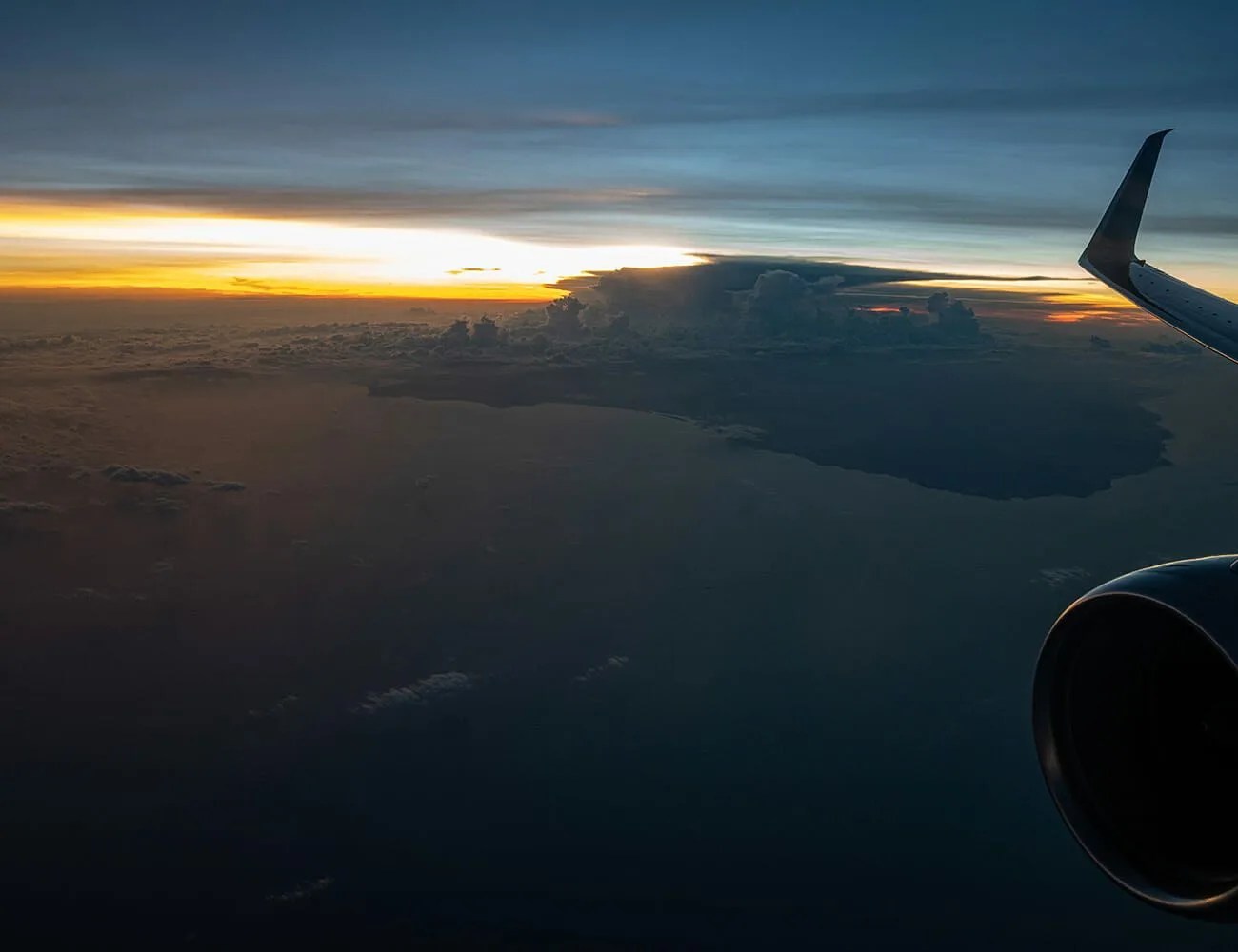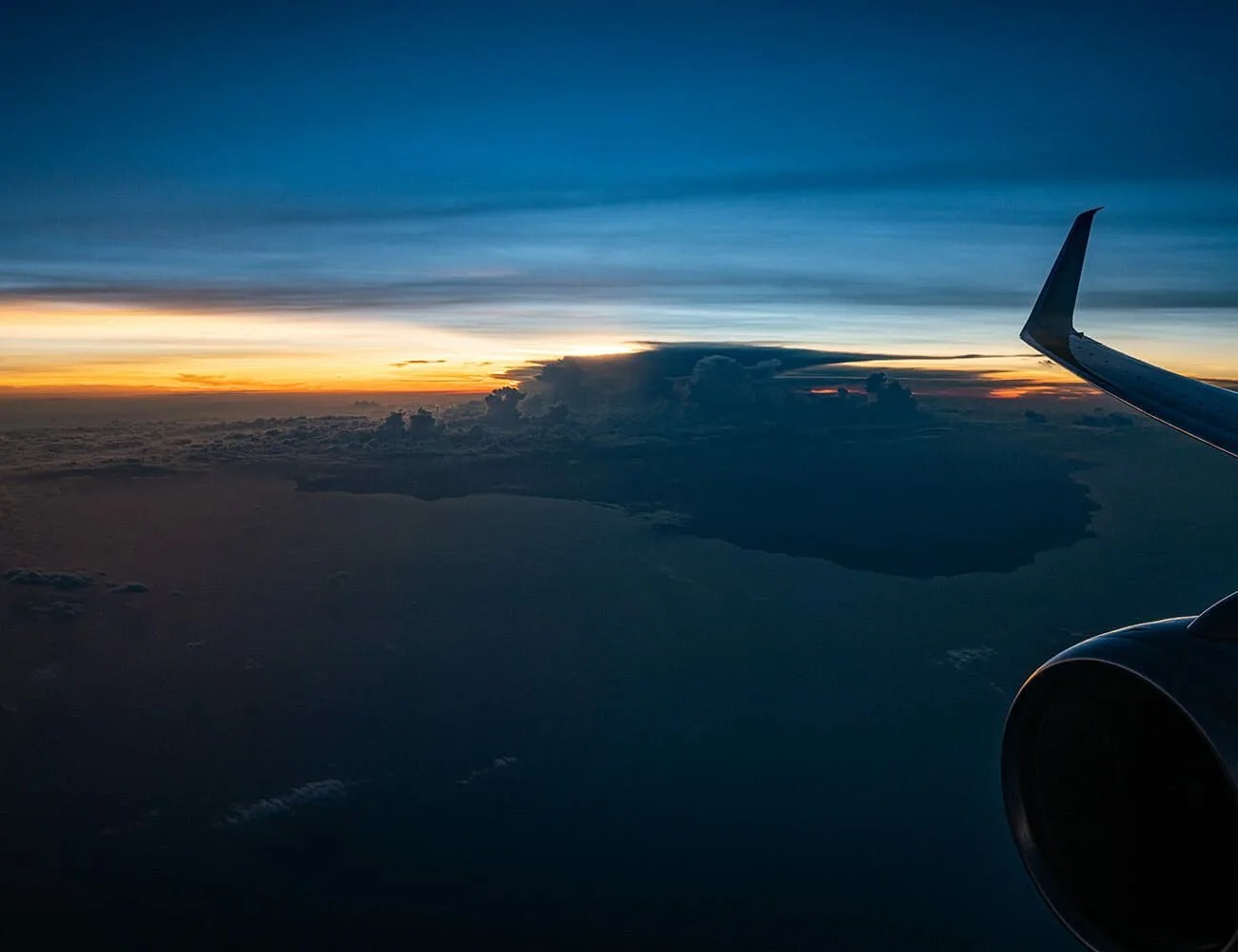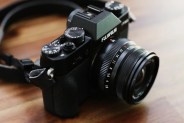For many new photographers, manual mode is a total no-fly zone — a mysterious land visited only by grizzled National Geographic veterans and exacting studio pros. It’s a dark alley filled with inscrutable menu settings and vague icons that nobody really understands. “M,” beginners assume, is not for the faint of heart.
Except that’s just not true. In fact, manual mode is the camera’s simplest, most natural state. There’s no digital guesswork going on about the exposure, no assumptions about what kind of shot you’d like to get from a scene. It’s the place where with just a few conscious decisions about what you’re doing, you can in most cases achieve far better images than the camera can of its own accord. Think of it this way: If shooting manual is the equivalent of riding a bicycle, shooting auto is like riding a fully autonomous, self-balancing electric scooter — i.e., a whole lot of really heavy-duty technological interventions and assists to do a relatively simple thing that you can do yourself and probably be way better off for.
So give your creative talent the respect it deserves, and start shooting manual. You can easily work your way there with a few simple steps.
The Problem with Automatic
Beginners tend to assume that the camera knows best, so why second-guess it? To an extent, they’re right. In automatic mode, the camera assesses the scene and makes decisions about shutter speed, aperture, and ISO — the light-sensitivity setting, in which 100 is common for bright scenes and you increase it as the scene gets darker — then it slaps a quick edit on top of the image and coughs up a JPG, the compressed image most photographers are very familiar with. Usually, the images are fine, sometimes they’re even awesome. After all, the camera makers have worked hard on these capabilities over the years. Other times, though, they’re murky, overexposed messes.
The problem comes when you’re trying to do something specific, are working under challenging conditions, or just don’t want your image to look like the averaged-out product of a slew of universal algorithms. One of the most notable instances of the automatic setting galloping way out of bounds is low-light shooting. You may be taking a portrait of a particularly exquisite sunset or a friend illuminated by a candle. The processors will try to even out the scene by lightening the dark areas, even though the image needs them to generate the mood, or it will wash out the delicate strains of multihued clouds above the horizon, or it will jack up the ISO to above 2000 or 3000, generating an excessively grainy image. Not cool. When shooting manually, you can expose for the region you want to be highlighted, and leave the rest dark or even bring it out later in a photo editing program or app. The point is, the decision is yours about how you want the scene to look.
If you’re at least semi-serious about what you’re up to, shooting automatic is really just rolling the dice with each frame and hoping that it lands
